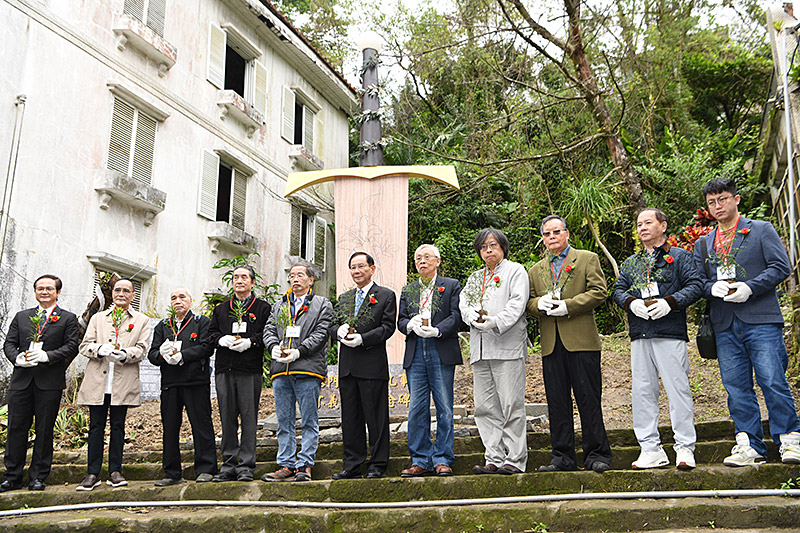Syria/Russia: Incendiary Weapons Burn in Aleppo, Idlib
Increasing Attacks on Civilian Areas Since Joint Operation Began
The joint Syrian-Russian military operation has been using incendiary weapons, which burn their victims and start fires, in civilian areas of Syria in violation of international law, Human Rights Watch said on Aug 16. Incendiary weapons have been used at least 18 times over the past six weeks, including in attacks on the opposition-held areas in the cities of Aleppo and Idlib on August 7, 2016.
Countries meeting at the Convention on Conventional Weapons (CCW) in Geneva on August 29, 2016 should condemn the use of air-dropped incendiary weapons in civilian areas of Syria in violation of the treaty’s Protocol III on incendiary weapons. They should encourage Syria to join the protocol and press Syria and Russia to immediately stop using incendiary weapons in civilian areas. They should also review the protocol and take steps to strengthen it.
“The Syrian government and Russia should immediately stop attacking civilian areas with incendiary weapons,” said Steve Goose, arms director at Human Rights Watch. “These weapons inflict horrible injuries and excruciating pain, so all countries should condemn their use in civilian areas.”
A Human Rights Watch review of photographs and videos recorded at the time of attack and of the remnants afterward indicates there were at least 18 incendiary weapon attacks on opposition-held areas in Aleppo and Idlib governorates between June 5 and August 10. At least 12 civilians were reported wounded by witnesses and first responders in five of these attacks.
The visual evidence that incendiary weapons were used includes the distinctive mid-air displays created by the bright burning trails of air-dropped incendiary weapons containing ZAB-series incendiary submunitions. Other indicators include the small but intense fires created by each submunition over the time it takes to burn out as well as markings on the bomb casings and submunitions.
Local activists, human rights organizations, first responders, and media organizations have reported the use of incendiary weapons on at least 40 other occasions, but no photographs and video footage were available, so Human Rights Watch could not conclusively determine if incendiary weapons were involved.
Incendiary weapons produce heat and fire through the chemical reaction of a flammable substance, causing excruciatingly painful burns that are difficult to treat. The weapons also start fires that are hard to extinguish, destroying civilian objects and infrastructure.
An incendiary weapon attack on the opposition-held Idlib city on the evening of August 7 wounded at least two civilians, witnesses said.
“I saw with my own eyes two strikes, both ‘phosphorus’—blocks of flame were falling from the sky,” said. Ala’ Abdel Aziz Hmeidan, an Idlib resident. "After that, there was a strike with a missile carrying cluster bombs. It was tragic, buildings were on fire, rocks were on fire.” He said the area contains residential buildings and that there were no armed groups in the vicinity.
Syria Civil Defense, an opposition search-and-rescue volunteer group, reported an incendiary weapon attack on the residential area in al-Mashhad in opposition-held east Aleppo city at around 4 p.m. on August 7 that injured a child. Photographs taken immediately after the attack by Aleppo resident Malek Tarboush show at least four incendiary submunitions burning on the ground in a narrow street that contains at least one shop. Human Rights Watch was unable to identify the specific type of incendiary weapon used in the attack.
Incendiary weapon attacks in Syria have increased significantly since the Russian Federation began its joint military operation with the Syrian government on September 30, 2015. There is compelling evidence that Russian government aircraft are being used to deliver incendiary weapons or at least are participating with Syrian government aircraft in attacks using incendiary weapons.
More than a dozen countries have condemned or expressed concern at the use of incendiary weapons in Syria since 2013, including Colombia, Sweden, Turkey, UK, and the US in recent weeks. The other states that have condemned the use of incendiary weapons in Syria are Austria, Croatia, Ecuador, France, Germany, Ireland, Lithuania, the Netherlands, Norway, and Switzerland.
“The disgraceful incendiary weapon attacks in Syria show an abject failure to adhere to international law restricting incendiary weapons,” Goose said. “The resulting civilian harm demonstrates the inadequacy of existing law on incendiary weapons, which should be strengthened urgently. From a humanitarian standpoint, a global ban on incendiary weapons would provide the best solution.”
Source: Human Rights Watch
- 526 reads
Human Rights
Ringing FOWPAL’s Peace Bell for the World:Nobel Peace Prize Laureates’ Visions and Actions

Protecting the World’s Cultural Diversity for a Sustainable Future

The Peace Bell Resonates at the 27th Eurasian Economic Summit

Declaration of World Day of the Power of Hope Endorsed by People in 158 Nations

Puppet Show I International Friendship Day 2020

